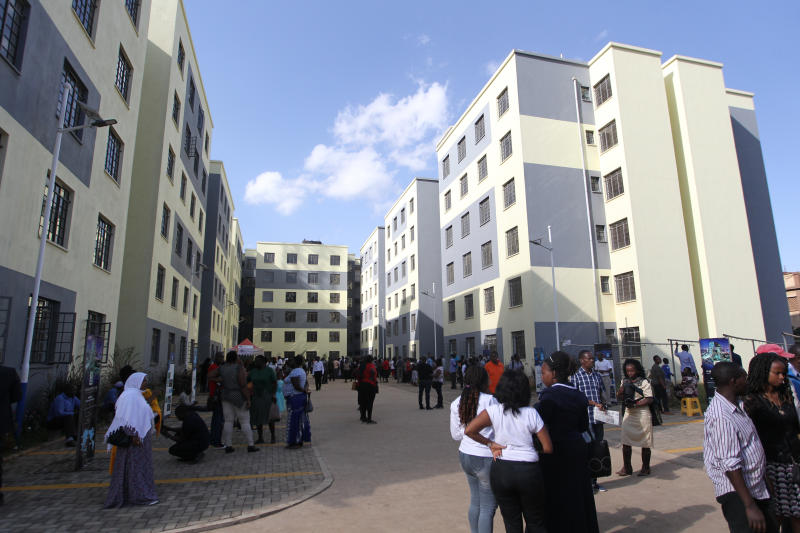×
The Standard e-Paper
Fearless, Trusted News

Kenyans view the 228 completed units out of 1370 being constructed by the government at Park road Nairobi under the affordable housing programme on Friday, March 6, 2020. [Jonah Onyango, Standard]
Limited knowledge of Kenya’s real estate market dynamics remains a key hurdle standing on the way for the country’s drive to churn out 200,000 units annually.